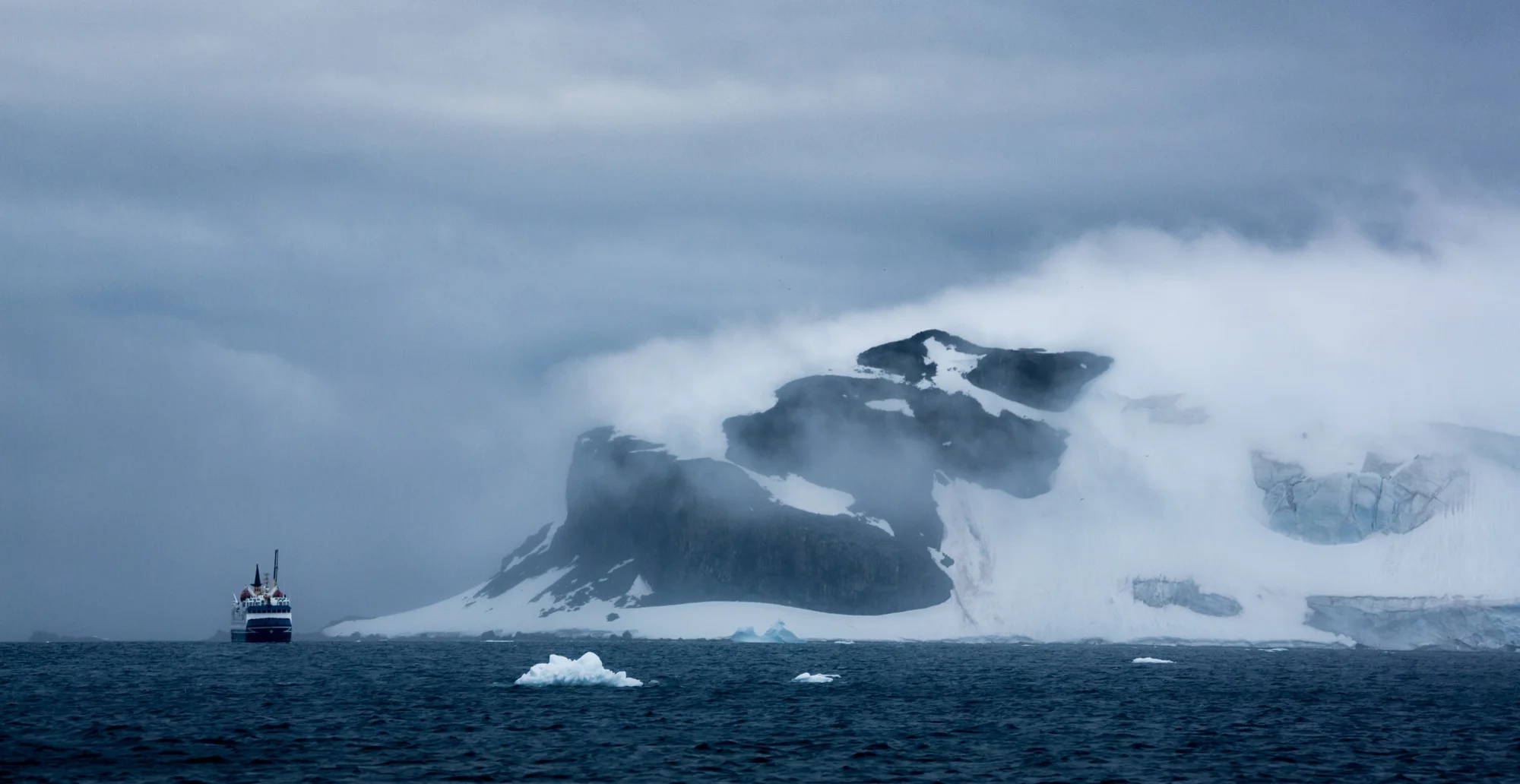Since the dawn of the industrial era, human activities have significantly shaped the environment and the oceans are no exception. A recent landmark study conducted by a team of international researchers, and published in the journal Nature, unveils a stark decline in the productivity of the subarctic Atlantic Ocean that can be traced back to the 19th century. This decline, the authors surmise, is closely linked to the profound changes in climate and atmospheric chemistry brought about by industrialization.
Matthew B. Osman and his colleagues at various esteemed institutions (including the Massachusetts Institute of Technology, Woods Hole Oceanographic Institution, and others) have meticulously pieced together this somber environmental narrative via historical data and ice-core analysis. Their research underscores the crucial role of marine phytoplankton in sustaining the marine-based food webs and, by extension, the global carbon cycle.
As we delve into the study’s findings (DOI: 10.1038/s41586-019-1181-8), we will also reference key works that have shaped our understanding of this important topic. Before highlighting the report’s major points, let’s outline the urgency and importance of this research.
Ocean Productivity: The Foundation of Marine Life
Marine phytoplankton are the foundation of the aquatic food web. These microscopic organisms are akin to the grasses of the oceanic savannah, offering nourishment to a diverse array of marine life, from the tiniest zooplankton to the largest whales. Moreover, phytoplankton are pivotal in the biogeochemical cycles of our planet, particularly in carbon sequestration.
The Study: A Deep Dive into Centuries Past
The research team, spearheaded by Osman, focused on examining the historical data regarding the presence of methanesulfonic acid (MSA) in ice cores extracted from Greenland. MSA is a derivative of dimethylsulfide (DMS), a compound typically produced during the decay of phytoplankton. Thus, the concentrations of MSA in ice cores serve as a proxy for historical phytoplankton abundance.
The findings paint a grim picture. Beginning from the onset of industrialization in the 1800s, there has been a significant reduction in MSA in the ice core layers. This trend, the researchers conclude, reflects a consequential decline in the productivity of the subarctic Atlantic Ocean—a body of water that has historically been teeming with life.
Interconnected Causes: Climate Change and Ocean Circulation
The study connects this reduction in productivity to several industrial-era changes. A prime suspect is global warming, which has altered ocean circulation patterns and increased stratification, making nutrients less available to surface waters where phytoplankton dwell.
Furthermore, reductions in sea ice have been implicated in the changes observed in phytoplankton dynamics. Sea ice plays a fundamental role in phytoplankton’s seasonal life cycle, and dwindling ice coverage could disrupt this delicate balance.
Contributory Factors: Anthropogenic and Environmental
Anthropogenic activities, particularly the release of greenhouse gases and pollutants, have undoubtedly played a role in the transformations observed in the subarctic Atlantic. This is supported by works such as Caesar et al. (2018), which discusses the weakening Atlantic Ocean overturning circulation, a crucial conveyor belt for ocean nutrients, and its potential implications for marine life.
The Natural Oscillation: A Variable Climate Player
The study takes into consideration natural climate fluctuations, such as the North Atlantic Oscillation (NAO), which have historically affected oceanic conditions. Yet, the industrial-era changes appear to override the expected effects from these natural variabilities.
The Future: Predictions and Warnings
With continuous global warming and ice melt in Greenland predicted to persist, models, including those used by Bakker et al. (2016), anticipate further declines in the Atlantic Meridional Overturning Circulation. This could exacerbate the downward trend in marine productivity, potentially snowballing into a larger ecological crisis.
References
1. Osman, M. B., Das, S. B., Trusel, L. D., Evans, M. J., Fischer, H., Grieman, M. M., … & Saltzman, E. S. (2019). Industrial-era decline in subarctic Atlantic productivity. Nature, 569(7757), 551-555. DOI: 10.1038/s41586-019-1181-8
2. Caesar, L., Rahmstorf, S., Robinson, A., Feulner, G., & Saba, V. (2018). Observed fingerprint of a weakening Atlantic Ocean overturning circulation. Nature, 556, 191-196. DOI: 10.1038/s41586-018-0006-5
3. Bakker, P., Schmittner, A., Lenaerts, J. T. M., Abe-Ouchi, A., Bi, D., van den Broeke, M. R., … & Yukimoto, S. (2016). Fate of the Atlantic Meridional Overturning Circulation: strong decline under continued warming and Greenland melting. Geophysical Research Letters, 43(23), 12252-12260. DOI: 10.1002/2016GL070457
4. Boyce, D. G., Lewis, M. R., & Worm, B. (2010). Global phytoplankton decline over the past century. Nature, 466, 591-596. DOI: 10.1038/nature09268
5. Rahmstorf, S., Box, J. E., Feulner, G., Mann, M. E., Robinson, A., Rutherford, S., & Schaffernicht, E. J. (2015). Exceptional twentieth-century slowdown in Atlantic Ocean overturning circulation. Nature Climate Change, 5(5), 475-480. DOI: 10.1038/nclimate2554
Keywords
1. Subarctic Atlantic Productivity
2. Marine Phytoplankton Decline
3. Ocean Circulation Changes
4. Industrial-era Climate Impact
5. Ice Core Proxy Analysis
The study led by Osman et al. beckons us to reflect on the unforeseen consequences of the industrial era on oceanic ecosystems. With human influence reaching deep into the ocean’s depths, ongoing research and immediate policy interventions are crucial in mitigating further decline in the ocean’s productivity.
